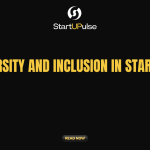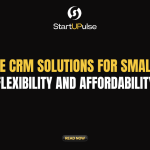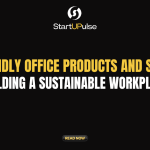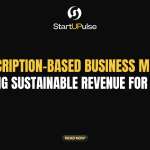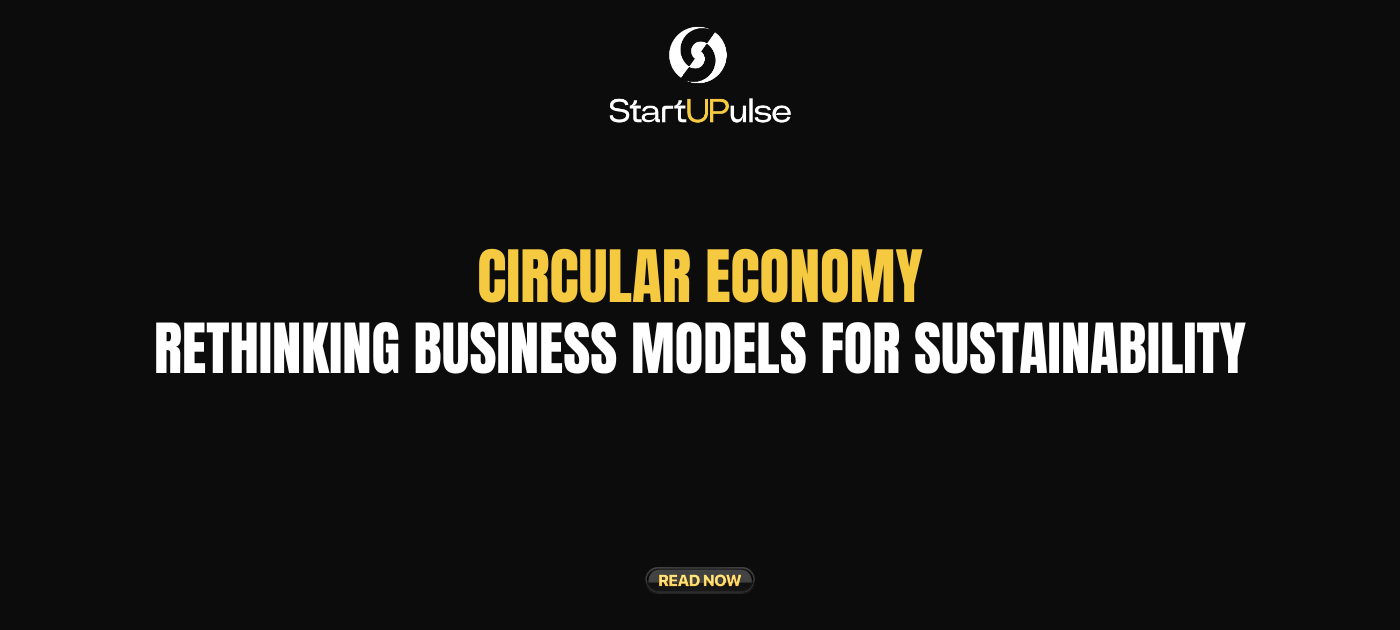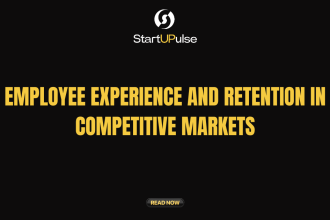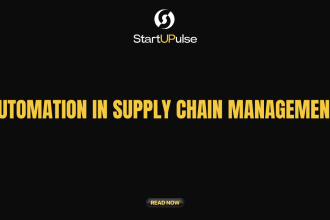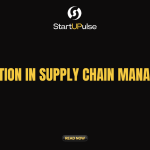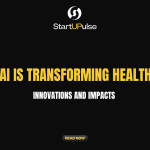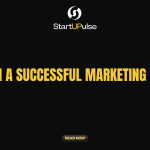
As environmental concerns grow and resources become increasingly scarce, the traditional “take-make-dispose” model of business is being challenged. Many companies are beginning to embrace the circular economy—a model focused on sustainability, waste reduction, and resource efficiency. Unlike the traditional linear approach, the circular economy aims to close the loop by extending product life cycles, minimizing waste, and reusing materials. This shift not only addresses pressing environmental issues but also offers businesses new opportunities to innovate, cut costs, and appeal to eco-conscious consumers.
Understanding the Circular Economy
At its core, the circular economy is a framework that aims to keep resources in use for as long as possible, extract maximum value while in use, and recover and regenerate materials at the end of a product’s life cycle. It’s based on three main principles:
- Designing out waste and pollution
- Keeping products and materials in use
- Regenerating natural systems
By prioritizing these principles, businesses are able to reduce their environmental impact while building more resilient, sustainable operations. Let’s explore some of the key strategies companies are using to adapt to the circular economy.
Key Strategies in the Circular Economy
- Product-as-a-Service (PaaS)One way businesses are adopting circular principles is by transitioning from product ownership to service models. In a Product-as-a-Service (PaaS) model, companies lease or rent products rather than selling them outright. For example, businesses like Rent the Runway and Mud Jeans offer customers the option to rent clothing and jeans. This model encourages manufacturers to design products with durability and reusability in mind, while consumers enjoy the benefits of access without ownership. When items wear out, they can be returned, refurbished, and reintroduced to the market.
- Recycling and Upcycling MaterialsRecycling and upcycling involve reusing waste materials to create new products. Companies like Patagonia and Adidas have made strides in using recycled materials in their products, while others, like IKEA, are introducing “second-life” programs that refurbish and resell used furniture. By creating products from recycled materials, companies can reduce the need for virgin resources and minimize environmental impact.
- Repair and Refurbishment ProgramsMany companies are implementing repair and refurbishment programs to extend the life of their products. Tech giant Apple, for example, has a robust trade-in and refurbishment program for its devices. By offering repair services and designing products with replaceable parts, businesses can encourage customers to keep their products longer, reducing waste and promoting sustainability.
- Take-Back ProgramsTake-back programs allow customers to return products to the manufacturer at the end of their life cycle. Companies then recycle, upcycle, or safely dispose of these products. Brands like Levi’s and H&M have implemented take-back programs where customers can return used clothing for recycling or store credit. These initiatives help reduce landfill waste and encourage consumers to adopt sustainable practices.
- Circular Supply ChainsTraditional supply chains focus on moving products in one direction—from production to consumption to disposal. In contrast, circular supply chains incorporate reverse logistics, enabling products to re-enter the supply chain after their initial use. For example, HP has a cartridge recycling program that allows customers to return used printer cartridges, which are then reprocessed and used to create new cartridges. Circular supply chains can improve resource efficiency and support a more sustainable business model.
- Designing for Longevity and ReusabilityDesign plays a central role in the circular economy. By creating products that are modular, durable, and easy to repair or upgrade, businesses can ensure a longer lifespan for their products. This approach is particularly evident in companies like Fairphone, which designs smartphones that users can easily repair by replacing parts. By prioritizing longevity and reusability, brands can reduce waste and promote a more sustainable product lifecycle.
Benefits of Embracing the Circular Economy
- Cost Savings and EfficiencyBy reusing materials and designing for longevity, companies can reduce costs associated with raw materials and production. Efficient resource use lowers expenses, creating savings that can be passed on to consumers or reinvested in sustainable innovation.
- New Revenue StreamsCircular business models, such as repair services, rental programs, and take-back initiatives, can open new revenue streams. These models offer opportunities to engage with customers beyond the initial purchase, fostering brand loyalty and long-term customer relationships.
- Positive Brand Image and Customer LoyaltyConsumers are increasingly seeking out brands that align with their values, particularly when it comes to sustainability. Companies that embrace circular principles can strengthen their brand image, attract eco-conscious consumers, and build customer loyalty by demonstrating a commitment to the environment.
- Reduced Environmental ImpactThe circular economy significantly reduces a company’s environmental footprint by minimizing waste, lowering carbon emissions, and reducing resource depletion. This impact not only helps meet regulatory standards but also positions businesses as leaders in sustainability.
- Enhanced ResilienceCircular economy models can make businesses more resilient by reducing dependency on finite resources and mitigating the risks associated with supply chain disruptions. In a world where resource scarcity is a growing concern, circular strategies allow companies to maintain stability and growth.
Challenges of Adopting a Circular Business Model
While the benefits are numerous, there are challenges to implementing a circular economy model:
- Cost of Transition: Shifting from a linear to a circular model can require significant investment in infrastructure, technology, and employee training.
- Consumer Education: Educating consumers on the value of circular products and services is essential for widespread adoption.
- Supply Chain Complexity: Managing reverse logistics and developing circular supply chains can be complex and resource-intensive.
- Regulatory Barriers: In some regions, regulatory requirements may not yet support or incentivize circular business models.
Despite these challenges, the transition to a circular economy is becoming increasingly feasible and necessary. Many businesses are investing in circular strategies not only as a response to environmental concerns but also as a pathway to sustainable growth.
Conclusion
The circular economy offers a compelling vision for the future of business. By rethinking traditional business models, companies can minimize waste, reduce resource dependency, and contribute to a more sustainable world. As consumers become more environmentally conscious, businesses that adopt circular principles are better positioned to meet these expectations and lead the way toward a greener future.
About StartUPulse
At StartUPulse, we’re dedicated to supporting forward-thinking startups and businesses as they navigate the journey toward sustainable growth. Our community is committed to fostering innovation and sharing knowledge on circular economy practices and other sustainable business models. Join StartUPulse to connect with like-minded entrepreneurs, learn about sustainable business trends, and discover new ways to integrate circular economy principles into your strategy for lasting impact.





